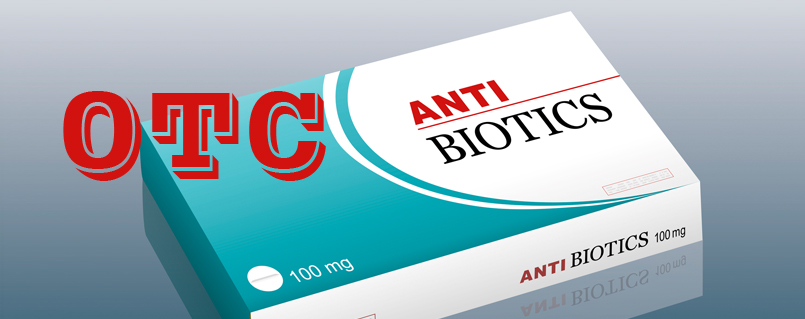Over the Counter Antibiotics without prescription

SunRx.net
May 3, 2017
Pharmacy-Online.com
May 9, 2017
Antibiotics Types, Forms and Effects: Selecting the Optimal Drug
Striving to fight bacteria and eliminate their impact on the organism, you will come across various antibiotics.
They are all effective and can produce a severe impact on the body, required for a positive effect. The mechanism of the antibiotic action may vary greatly, depending on its form and type.
However, the main aim of all the antibiotics is either to kill the bacteria or eliminate their further development and spreading. The medications are produced from special microorganisms, belonging to a class of antimicrobials.
Antifungal remedies, anti-parasitic drugs and antiviral drugs also belong to this class. Since the number of antibiotics is constantly growing, they get an increased number of various classifications and actions.
Thus, most commonly, all the antibiotics are divided into the following:
- Broad spectrum medications, which are universal to some extent. Their action is potent to kill the bacteria of different origin and strength;
- Narrow spectrum antibiotics have certain specifications. In case the drug is aimed at one condition treatment, it will not fight another one;
- Bactericidal remedies feature an ability to completely kill the bacteria. The result of antibiotic action is usually rapid and long-lasting;
- Bacteriostatic drugs are characterized by prevention of bacteria from multiplying. The way different antibiotics in this group affect the bacteria vary greatly. Some of them prevent their ability to transfer glucose into energy; others inhibit their ability to construct the cell walls. Since reproduction of such bacteria is restricted, they die and disappear with time.
According to another classification, which is based mainly on the mechanism of action, side effects and similar points, all the antibiotics are divided into:
- Macrolides. The medications, belonging to this group, feature eliminated protein production. Comparing macrolides with tetracyclines, you can notice a milder effect on the organism first. Macrolides are specified by fewer complications produced;
- Tetracyclines. Doxycycline and Tetracycline are the representatives of the most demanded group. The treatments are aimed at the decrease of the symptom of bacterial infections of various types. Eliminating the bacterium’s ability to produce protein, the medication prevents further life and development of the bacteria. The main side effects that can be triggered by these antibiotics are diarrhea, kidney impairments, skin conditions and others;
- Beta-lactams are characterized by their potent ability to inhibit bacteria production of cell walls;
- Fluoroquinolones are the medications, which are used mainly to prevent the production of DNA by different bacteria types. Antibiotics are commonly safe and trigger only mild side effects.
- Aminoglycosides decrease bacterial protein synthesis. The antibiotics of this type can activate irreversible hearing issues and kidney damages.
Availability of Over-the-Counter Medications
Antibiotics are also classified into prescription, generic and over-the-counter. The last group is safer than the generic ones, but more convenient than prescription.
OTC drugs are commonly effective, safe and convenient when treating infection. Such remedies are available mainly in the form of topical remedies. Injectable and oral drugs, in their turn, usually require a prescription.
Prescription antibiotics promote a severe impact on the organism, while their impact can interfere with other body functions and peculiarities. It is inevitable to consult a healthcare provider in order to buy such drugs.
Over-the-counter treatments, instead, can be purchased in any pharmacy or other store without a prescription. This happens due to their effectiveness and safety.
Such drugs cannot commonly impair the organism in a dangerous way or trigger harmful side effects. Besides, over the counter drugs cannot develop tolerance to the treated bacteria, while prescription medications can build up such a function. Thus,
OTC meds are perfect for outer infection of the skin and certain other conditions.
